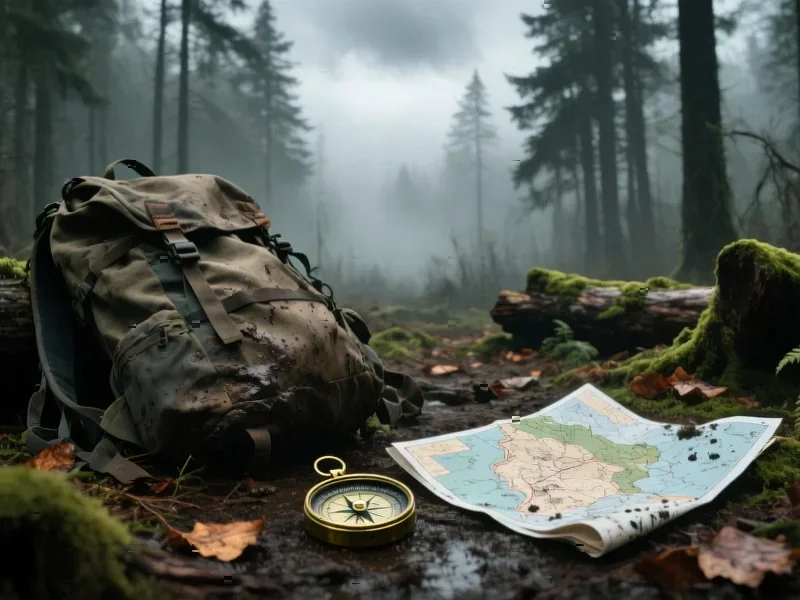According to Kotaku, S.T.A.L.K.E.R. 2: Heart of Chornobyl is unexpectedly leaving Xbox Game Pass in November 2024, just one year after its initial release. The post-apocalyptic immersive sim joins Football Manager 2024, Blacksmith Master, and Frostpunk in the upcoming batch of departing titles. Players expressed frustration that the game, which requires 40-70 hours to complete and has been receiving substantial performance updates through recent patches, is leaving before many could finish it. The sentiment was echoed across social media, with one player noting on X that “the game stays shorter in Game Pass than we had to wait for it to launch,” while others on Reddit lamented the timing given ongoing technical issues. This rapid departure highlights growing concerns about Game Pass’s value proposition as Microsoft implements price increases.
The Coming Subscription Backlash
What we’re witnessing with STALKER 2’s departure represents the early stages of subscription fatigue in gaming. For years, services like Game Pass have been marketed as the Netflix of gaming, but this comparison fundamentally misunderstands how people consume games versus movies. A movie takes two hours; a game like STALKER 2 takes 40-70 hours. When content disappears from streaming services, viewers rarely complain because they can binge a series in days. But games require significant time investment, and their removal creates genuine frustration that’s unique to interactive entertainment. As more high-profile titles follow this pattern, we’ll see gamers becoming more selective about which subscription services they maintain.
The Ownership Renaissance
The STALKER 2 situation will accelerate a counter-trend I’ve been tracking: the return of game ownership. As NYU professor Joost van Dreunen noted in his analysis, Game Pass faces “airline economics in reverse” where heavy users consume disproportionate resources. But there’s another dimension he didn’t explore: the psychological value of ownership. When you buy a game, it becomes part of your permanent library. You can return to it years later, share it with friends, or revisit it during nostalgic moments. Subscription services create a transient relationship with games that fundamentally changes how we value them. I predict we’ll see a resurgence in digital store sales as players realize the long-term cost of constantly renting versus selectively owning.
The Developer’s Conundrum
This situation reveals a deeper structural problem for game developers participating in subscription services. While day-one Game Pass releases provide immediate revenue and player base, they create a ticking clock for engagement. Games with longer development cycles and complex gameplay systems—exactly the type that benefit from subscription experimentation—are punished by these short licensing windows. We’re already seeing this pattern with titles like Payday 3, which also had a one-year tenure despite needing extensive post-launch support. As 2025’s day-one releases continue this trend, developers will face pressure to either design shorter, more consumable experiences or risk their games being removed before reaching their full potential with players.
The Subscription Reckoning
Looking ahead 12-24 months, I expect we’ll see subscription services evolve toward hybrid models that better accommodate different player types. The current all-you-can-eat approach works for casual grazers but fails completionists and methodical players. Future models might include longer guaranteed windows for certain game categories, ownership conversion options (where subscription time counts toward purchase), or tiered pricing that reflects actual usage patterns. The STALKER 2 departure isn’t an isolated incident—it’s a symptom of a broader mismatch between subscription economics and gaming consumption habits. As players become more aware of these limitations, the industry will need to adapt or face growing subscriber churn and dissatisfaction.




